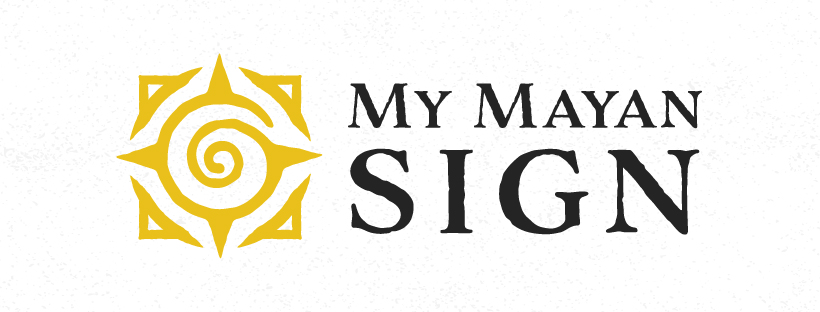During the early periods of history, the Mayan people were known to have founded one of the first calendar systems based on several cycles with different lengths.
There are three interlocking calendars in the Mayan system: Tzolkin, Haab, and Long Count.
Let’s find out more about the purpose of these three calendars/cycles in the Maya Calendar system.
The Maya Calendar
The Maya calendar dates as far back as the 5th century BCE. It was used by the Maya civilization living mostly in the south part of Mexico and Central America.
Mayans based the counting of days according to the lunar cycle or lunation. It generally uses the lunar series to determine the day, week, month, and entire duration of a full cycle.
Tzolkin Calendar
Tzolkin is a 260-day calendar with a never-ending cycle. Researchers also call this the Maya Sacred Round. There are 20 periods with 13 days (for each period) to complete a whole cycle.
Mayans used Tzolkin to date particular objects or events because they are based on astronomical data. They consider the moon, sun, and stars the most important heavenly bodies in the universe.
The Tzolkin, therefore, determines the divination time for their religious and ceremonial events.
Haab Calendar
Haab is the Mayan Solar Calendar that consists of 18 months with 20 days for each month. That is equivalent to 360 days in an entire Haab cycle.
When the Haab is combined with the Tzolkin, it creates a 52-year solar cycle or approximately 18,980 days. This cycle is called the Calendar Round.
And every 52 years, a 13-day period comes up in the Haab cycle, which the Mayans call the “Wayeb.” Mayans commonly neglect any celebration or activity during the Wayeb to avoid danger. It is believed that within this period, the portals between the mortal realm and the Underworld dissolved. No boundaries prevented the ill-intending deities from causing disasters (Foster, 2002).
Long Count Calendar
Mayans use the Long Count calendar to track longer periods— longer than the Calendar Round dates. The purpose of the Long Count Calendar is to monitor dates that are beyond the Calendar Round dates, making it both cyclical and linear methods of tracking.
What is The Basis of The Long Count Calendar?
According to what was accepted by a majority of Maya researchers, the GMT correlation (between the Long Count and Western calendars) supports the mythological starting-point of the Maya Calendar, which is equivalent to August 11, 3114 BCE in the proleptic Gregorian calendar, or September 6 (−3113 astronomical), in the Julian calendar. Meaning, the Mayans start the calendar count from this date.
Is The Calculation of The Maya Calendar Accurate?
The Maya calendar, including the Tzolkin, Haab, and Long Count, is considered the most complex ancient calendar system. It is based on an extremely accurate calculation of Maya priests that even influenced today’s standard calendar system. However, according to the Canadian Museum of History, the calendar’s primary purpose was not to fix dates accurately in time but to correlate the actions of Maya rulers to historical and mythological events.
If you want to look for clarity about the Maya Calendar system, don’t hesitate to drop an inquiry. Reach out to us today!


